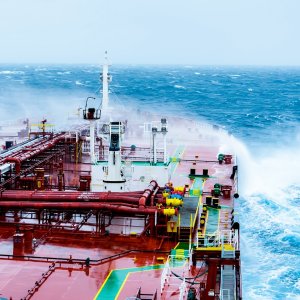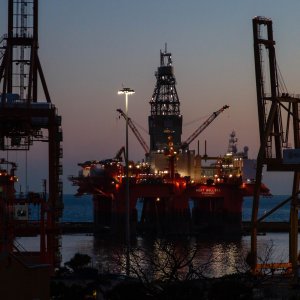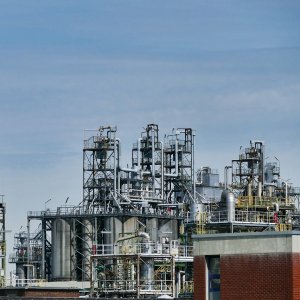Specialized Mooring Systems Should not be a Commodity

STORY INLINE POST
Q: How is InterMoor preparing for a bigger market presence in Mexico?
A: Most recently, we undertook offshore operations for Talos Energy’s ENSCO 8503 at the Bay of Campeche. The interesting thing about this rig is that it is a deepwater DP semisubmersible that is equipped with mooring winches, enabling both operation in deep and ultra-deep waters. It can also be moored if it is going to operate for an extended period of time, saving considerable amounts of money on burning fuel. In shallow waters — less than 1,500ft — DP vessels cannot stay stable enough to perform drilling activities, requiring mooring systems. As a service provider, we design what we call a preset mooring. We determine what the mooring system needs to look like — anchor size, chain and wire length — to supply the equipment the rig does not have. We usually rent these mooring systems to either the operator or the drilling contractor and then perform the installation of the systems as well as the attachment and detachment of the mooring systems.
In Talos’ case, we provided our services directly, including our expertise installing moorings and hooking them to the rig. From the outset, we drafted a detailed engineering plan, and provided the equipment and the consequent supervision, including offshore engineers, to make sure the offshore operations went quickly, safely and efficiently. We provide our experience and expertise alongside the drilling contractor to make it more efficient for the operator. This was the first privately-owned rig to operate in Mexican waters since 1938. One of the reasons we got involved in the project was our working relationship with Talos on the US side of the Gulf of Mexico and our extensive track record of rig-moving work.
While it is increasingly done in the industry, the differentiator for this project at that time was our reliance on quick release systems on the mooring that allow vessels to move quickly from one mooring location to another, avoiding hurricanes and making rig moves more efficient. Typically, vessels would have to handle all this mooring gear to get the rig off the location. Now, with one button you can release all or individual lines. What we see now really was done on the back of that successful work, encasing the core of our rig-moving capability.
Much of the past work we have done in Mexico was around infrastructure, which proved challenging as the pipelinenetwork records were not quite as good as they are now. Today, you can do many things with engineering and planning to compensate or mitigate those types of issues. Our company’s growth in recent years is primarily based on servicing permanent moorings, particularly for FPSOs. We have been really active in inspecting, maintaining and replacing portions of aging or corroded mooring systems since 2013 and expect this business line to continue growing in the future. Our InterMoor branch in Mexico will be critical going forward as it benefits our clients in meeting their local content requirements. Our offshore operations with Talos were delivered on time, under budget and with no incidents.
Q: How do you find the balance between costcompetitiveness and investing in the right areas?
A: That is a sizable challenge. It must be approached on a client-by-client basis. An increasing number of companies are choosing to go with what they perceive to be the lowest cost in the short term and turn our specialized services into a commodity. Bigger companies getting into the supply chain are turning to this practice, which we believe creates, somewhat, a false economy. We always emphasize to our clients that if we engineer and plan it right we can make the entire operation more efficient; it does not boil down to how much we charge for an anchor. A systemic view in which the life cycle trumps short-term costs is key.
We continue to develop offshore technology and our acoustic quick release, with 67 percent of development costs covered in-house, is in production and will be rolled out by April 2018.
























